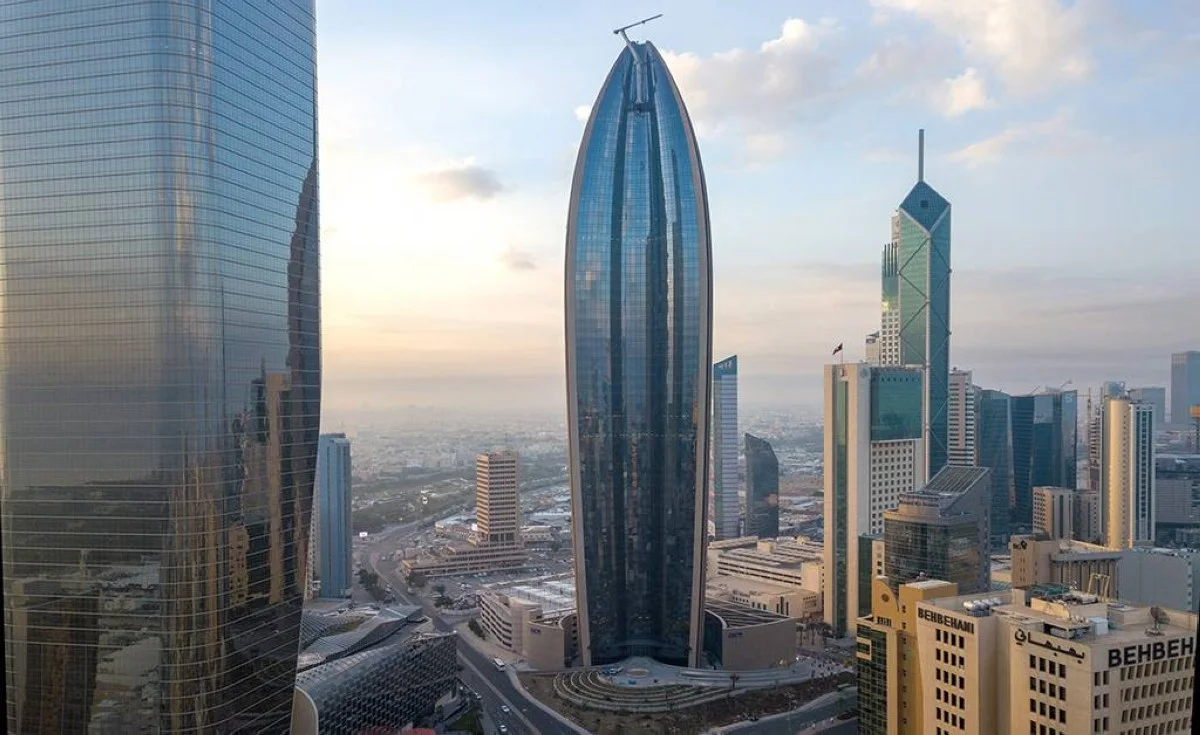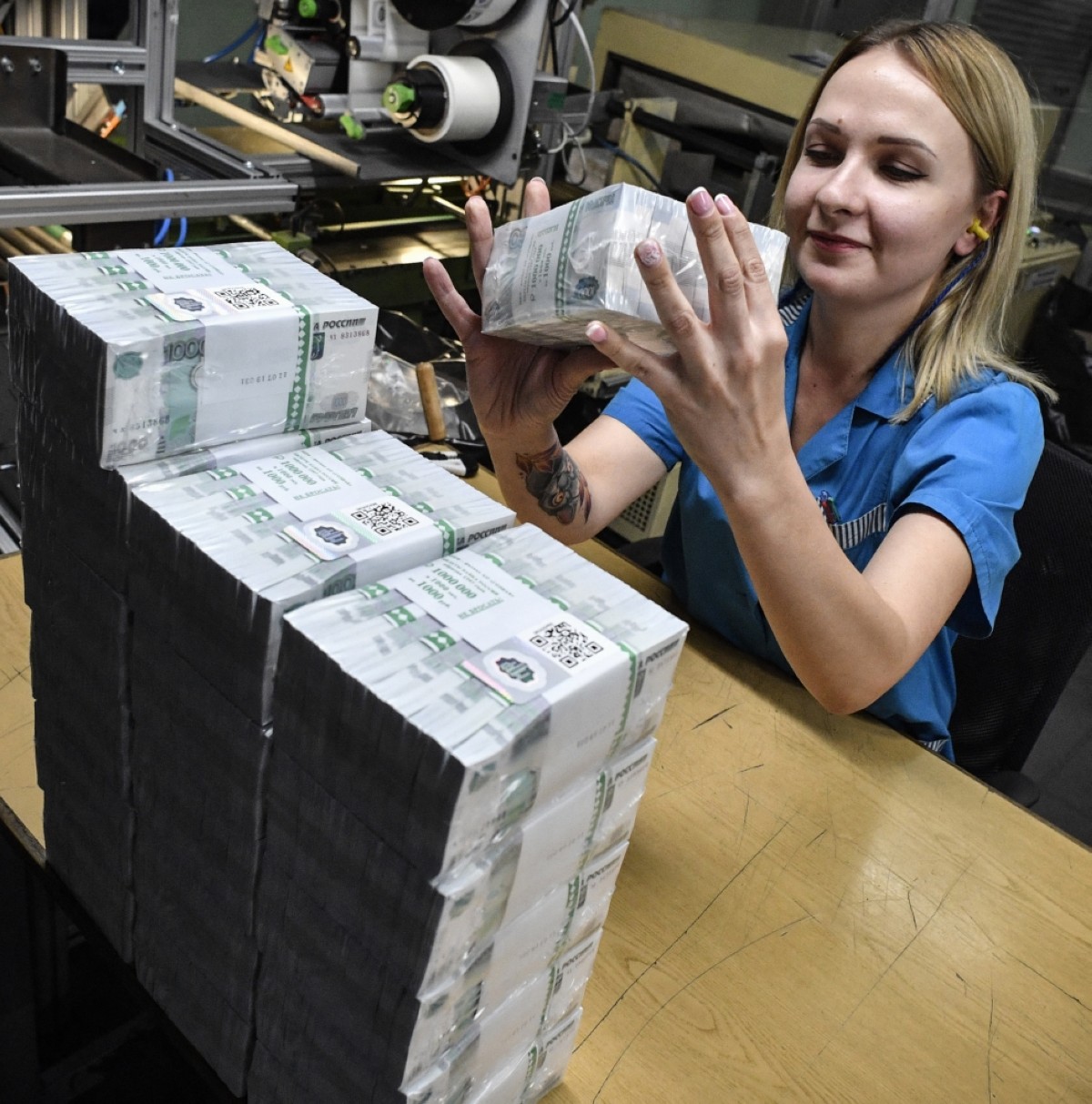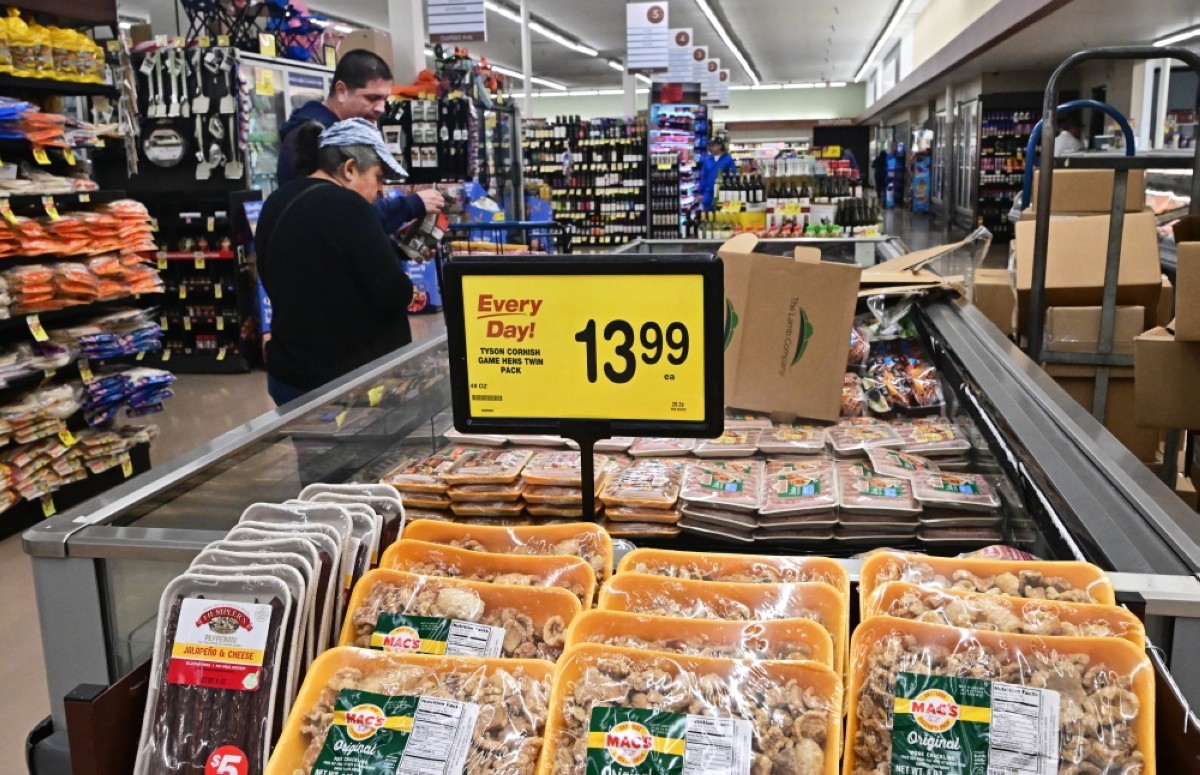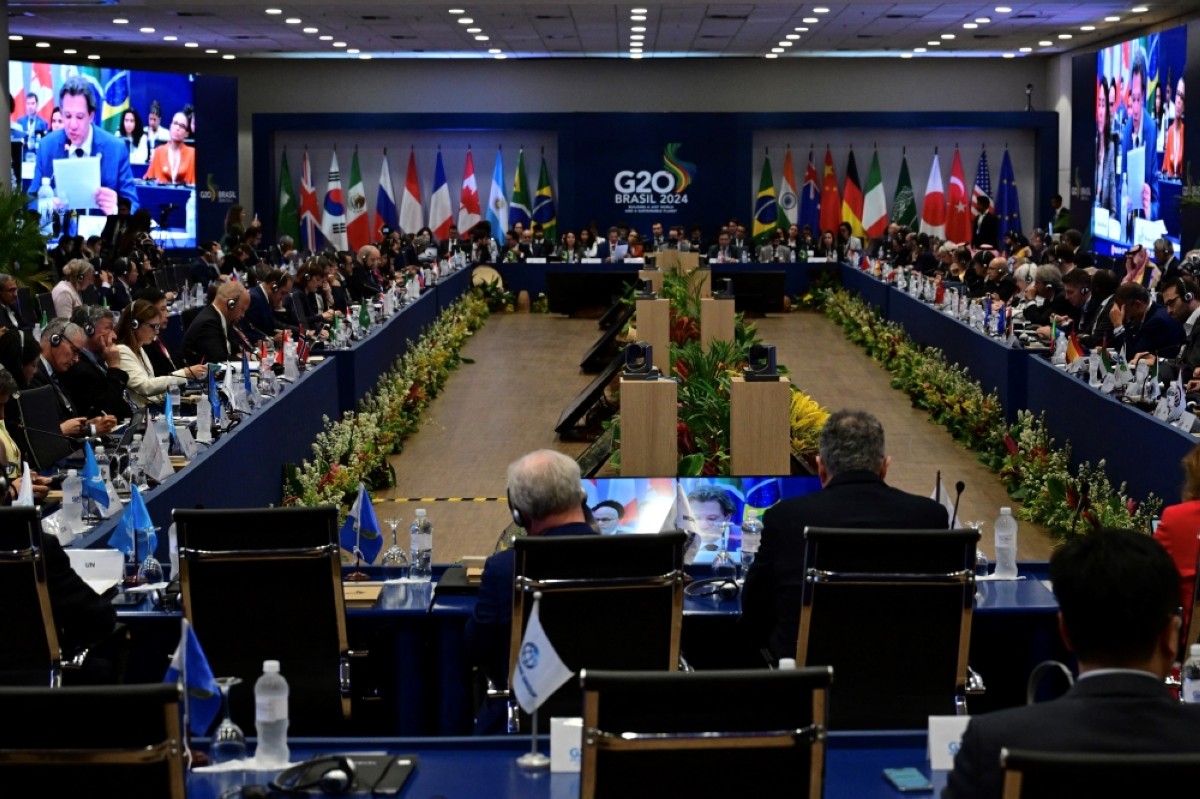Kuwait’s business credit growth in Q1 recovers, but household weak
KUWAIT: Kuwait’s domestic credit growth was a relatively decent 0.9 percent in Q1, resulting in a 2 percent y/y increase through March. Business credit drove most of the growth in Q1, expanding by 1.7 percent q/q, more than double the increase recorded in all of 2023 (+0.8 percent).

Business lending needs to record ongoing strength in Q2 for it to finish 2024 at a meaningful increase, given that the second half of the year is usually weak.
Household credit, after a modest recovery in the second half of 2023, was muted in Q1. Higher for longer interest rates and the political backdrop are headwinds for growth going forward.
The recovery in business credit (+1.7 percent YTD, +1.3 percent y/y) has been relatively broad-based across sectors with “construction” and “trade” still in the lead in line with 2022-2023, up 7 percent and 3.2 percent YTD, respectively, while the dominant “real estate” increased 1.9 percent, exceeding the 1.3 percent growth seen in full-2023. In contrast, “other services”, which tends to be volatile fell by 3.1 percent YTD, and is the only main sector to be in the red so far this year.
After a very strong 2023 in terms of project awards (KD 2.2 billion), the first four months of 2024 have been relatively weak with awards dropping by 34 percent y/y to stand at around KD 415 million. On the other hand, household credit was lackluster, inching up a limited 0.3 percent in Q1 (+1.9 percent y/y), and decelerating from 0.9 percent and 0.6 percent q/q growth in the previous two quarters. Looking ahead, higher-for-longer interest rates is a headwind for credit growth, and particularly for household credit.
Meanwhile, it is important to mention that credit for non-residents jumped by 9 percent YTD, which results in an overall credit (domestic plus non-resident) growth of 1.8 percent YTD. Non-resident credit has been growing faster than domestic credit since 2022 and accounted for 11.8 percent of total credit as of March 2024, up from 9.8 percent in December 2021.
Resident deposits increased by a robust 1.8 percent in Q1, pushing up y/y growth to 4.3 percent. Private sector deposits showed some recovery following a weak 2023, growing by 2.2 percent q/q and accounting for 92 percent of the increase in deposits in Q1. Public-institution deposit trends have been weakening after soaring in the last quarter of 2023 (+18 percent q/q) while government deposits were marginally positive YTD after surging by 37 percent in 2023 when they accounted for 69 percent of the total increase in deposits.
It is worthy to mention that, within private-sector KD deposits, CASA increased in Q1 (+1.6 percent q/q), its first quarterly increase in seven quarters. On the other hand, trends of time deposits continued to weaken with y/y growth falling to 10 percent, from a peak of 26 percent in mid-2023.
Given lack of progress on the inflation front in the US so far this year, the market-implied pricing of cuts in US rates has been toned down from five to six 25 bps cuts at the start of the year to only two cuts currently. While this dynamic will continue to evolve, it is also uncertain whether the CBK will follow the Fed in any potential rate cuts this year. Credit growth in Kuwait will likely continue to feel the pinch if policy rates remain elevated while any rate cuts will be supportive for credit growth, especially household.











